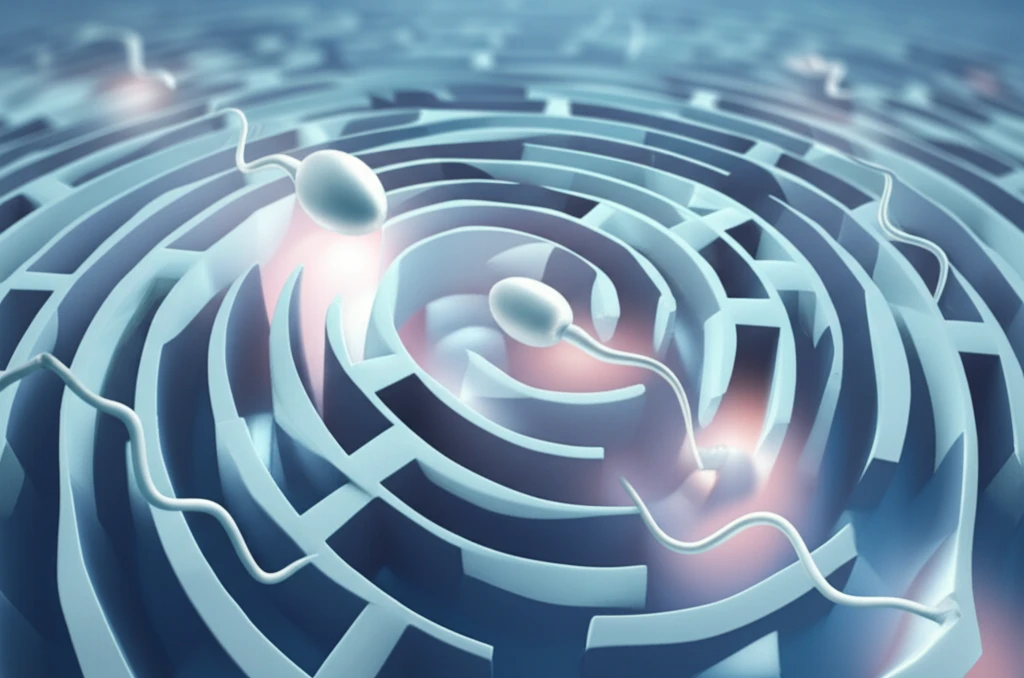
Sperm Morphology: Does Shape Really Matter for Fertility?
"Unpacking the latest research on sperm shape and its impact on assisted reproductive technologies (ART)."
Sperm shape has long been linked to a man's fertility. The 'strict morphology criteria' (SMC), developed by Menkveld and Kruger, has been a standard for evaluating sperm forms, based on the spermatic forms recovered from the os of female cervices. The World Health Organization (WHO) recommends using SMC, setting 4% normal forms as the lower limit. But is morphology as crucial as we once thought?
When couples face infertility, sperm morphology is often one of the first things assessed. However, the importance and clinical application of morphology results are now being questioned. This article examines the current research on sperm morphology and its value in guiding decisions about assisted reproductive technology (ART).
Once considered a strong predictor of pregnancy rates, especially in procedures like intrauterine insemination (IUI) or in vitro fertilization (IVF), recent studies challenge this view. This article clarifies the evolving role of sperm morphology and helps couples understand how it factors into their fertility journey.
The Shifting Significance of Sperm Morphology

It's true that men in infertile relationships often have a lower percentage of sperm with normal shapes compared to fertile men. While testicular issues can lead to more abnormal sperm, the absence of normal-shaped sperm doesn't necessarily prevent pregnancy through natural means, IUI, or IVF. This challenges the long-held belief that <4% normal sperm automatically necessitates IVF.
- Intra- and interlaboratory variation: The evaluation of sperm morphology can vary widely between labs, even when using the same standards.
- SMC Stringency: Over time, the criteria for 'normal' sperm have become stricter, impacting average counts.
- Sample Size: Morphology assessments are based on only 200 sperm, a small fraction of daily sperm production.
Rethinking the Role of Morphology in Fertility Decisions
While specific, rare morphological issues (like globozoospermia) require IVF with ICSI, routine morphology assessments may not be as critical as once believed. Instead of focusing solely on sperm shape percentages, doctors should consider a broader range of factors when guiding couples through ART options.
Quantitative assessments of abnormal sperm shape are inconsistent. As a result, abnormal sperm morphology does not reliably predict lower pregnancy rates for IUI or IVF. Further research is needed to develop a more objective and standardized sperm morphology assessment to return the clinical significance of morphology criteria.
All men in an infertile relationship should be evaluated by a male infertility specialist. Many male factors can be improved to yield better chances of achieving a pregnancy. A quantitative percentage threshold for normal sperm is not sufficiently reliable for routine use in the reproductive clinical setting and certainly should not be used in selecting the ART route for the treatment of infertile couples.
